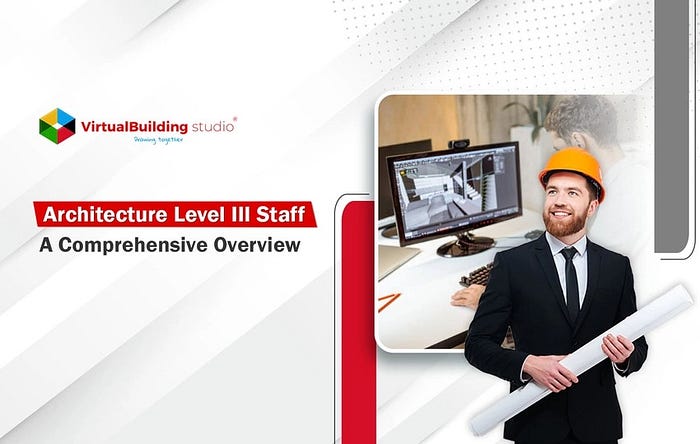Architecture Level III Staff: A Comprehensive Overview
Architecture Level III professionals serve as key leaders who bridge the gap between senior architects and junior staff, ensuring design quality, project efficiency, and regulatory compliance. This role requires advanced design leadership, coordination, and mentoring.

According to The Architect’s Handbook of Professional Practice (9AIA, 15th Edition), the Architecture Level III professional has a crucial role in maintaining architectural standards.
They oversee project execution, aligning design with client expectations and regulatory guidelines. With the rise of remote work, dedicated remote architects enhance flexibility and efficiency while reducing operational costs.
This role is ideal for a professional with 7–10 years of experience in design, leadership, and technical expertise. A strong portfolio demonstrating complex architectural projects and coordination experience is essential.
Responsibilities of an Architecture Level III Staff
Project design and development
They will lead the conceptual and schematic design phase, ensuring innovation and sustainability.
Collaboration with senior architects and engineers
Architecture Level III professionals coordinate with interdisciplinary teams, resulting in the seamless execution of the projects.
Oversight of junior staff and interns
They would mentor junior designers and interns on the practices.
Ensuring compliance with project standards and building codes
Their responsibility is to ensure that the project adheres to the International Building Code (IBC) and LEED to meet the legal and environmental requirements.
Coordination with clients and stakeholders
They manage client relationships and project expectations for seamless project execution.
Success Story : Story Global Automotive Leader Relies on Our Experts for Scan to BIM
Essential Skills and Qualifications for Architecture Level III Staff
A Level III architect must have a Bachelor’s or Master’s degree in Architecture from an accredited institution such as those recognized by the National Architectural Accrediting Board. The educational foundation should provide the necessary theoretical and practical understanding of architectural principles.
Challenges Faced by Architecture Level III Staff
Managing multiple projects and deadlines is challenging for Architecture Level III staff. Scheduling and prioritizing are critical to ensure that project deadlines are met without missing out on any details.

Architectural projects often involve complex coordination of various sets of teams, requiring detailed orientation and the ability to adjust timelines based on the requirements of the project.
Read More : Top Benefits of Hiring Dedicated Architects
Remote Architects and Team Integration
The rise of remote work brought significant advantages to the architectural industry through remote architects collaborating with project teams.
Remote architect teams offer cost-effective solutions by reducing the need for physical office spaces, enabling firms to hire talent from a global pool. Explore More
Insightful Article


Comments
Post a Comment